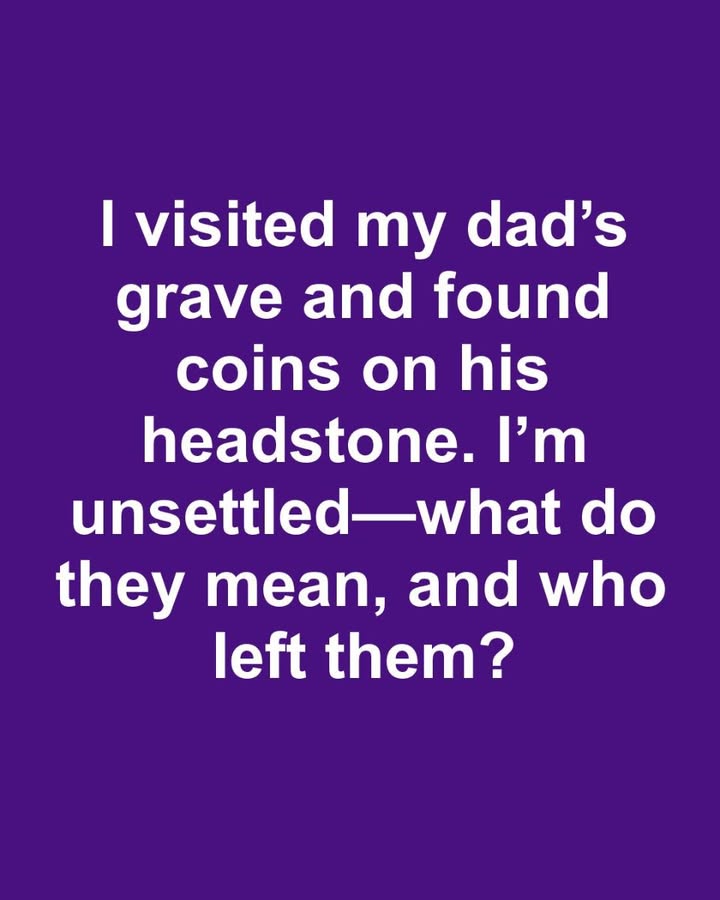Visiting my dad’s grave is always a poignant experience, filled with a mix of emotions. It’s a time for reflection, remembrance, and connection with the past. On my most recent visit, however, I encountered something unexpected that left me both curious and unsettled.
As I approached the headstone, I noticed several coins neatly placed on top. This simple gesture sparked a myriad of questions in my mind—what do these coins mean, and who might have left them there?
Discovering Coins on the Headstone
The sight of coins on my dad’s headstone was both surprising and intriguing. There were a few pennies, a nickel, and a dime, each carefully positioned. At first, I wondered if it was merely a random act or if there was a deeper significance behind it. The coins seemed to carry a message, one that I felt compelled to understand. This unexpected discovery prompted me to delve deeper into the tradition and symbolism associated with leaving coins on graves.
The Tradition of Leaving Coins on Graves
Leaving coins on graves is a practice that has been observed in various cultures and traditions. It is often seen as a way to honor the deceased, pay respects, or convey a message to the family. The act of placing coins on a headstone can signify different things depending on the type of coin and the context in which it is left. This tradition, while not universally practiced, holds significant meaning for those who partake in it.
Understanding the Symbolism Behind Each Coin
Each coin left on a grave can carry a specific meaning. A penny typically signifies that someone visited the grave, while a nickel indicates that the visitor trained with the deceased at boot camp. A dime suggests that the visitor served with the deceased in some capacity, and a quarter signifies that the visitor was present when the deceased passed away. These coins serve as a silent communication between the visitor and the departed, conveying respect and remembrance.
Historical Origins of the Coin-Leaving Practice
The practice of leaving coins on graves has historical roots that date back to ancient times. In some cultures, coins were placed with the deceased as a form of currency for the afterlife, a tradition that can be traced back to the ancient Greeks and Romans. Over time, this practice evolved into a symbolic gesture, representing a connection between the living and the dead. Understanding these origins provides insight into why this tradition continues to hold significance today.
Who Might Have Left the Coins?
The question of who left the coins on my dad’s grave is one that lingers in my mind. It could have been a fellow veteran, a friend, or even a stranger who felt a connection to my dad’s story. The anonymity of the gesture adds to its mystique, leaving me to wonder about the relationships and memories that prompted this act of remembrance. Each coin could represent a unique story, a personal tribute to a life once lived.
Cultural and Regional Variations in Grave Offerings
Next Page

